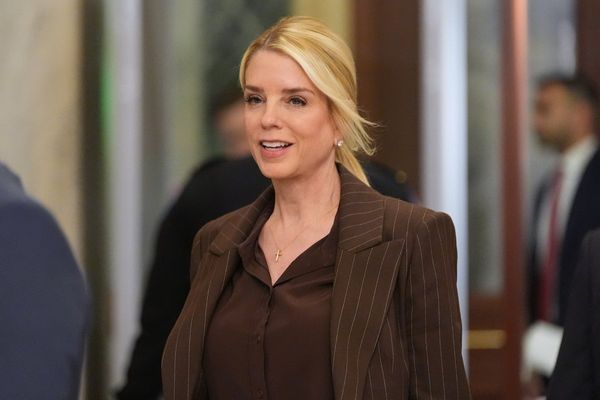The 2023 federal budget has a strong emphasis on the cost-of-living, with a A$14.6 billion plan designed to help Australians who are “under the pump”.
The headline measure is a $40 per fortnight increase in the JobSeeker payment. But it also includes expanding the eligibility for parenting payment (single), providing a moderately more generous JobSeeker payment for those aged between 55 and 60 and a 15% increase to rent assistance.
These measures on an annual basis put around $2 billion a year into low and middle income families. Of these, 95% go to low and middle income families and around 70% go to the lowest 40%.
But despite the investment, my analysis shows they will not make a significant difference to poverty in Australia.
What is the increase in the welfare spend?
There are a range of other measures such as an energy rebate, age care worker pay increases and health-related benefits such as Medicare changes that will also assist lower income households. However, the focus of this piece is on permanent changes to the tax and cash welfare system from this budget.
While the welfare payment increases are welcome, they represent a less than 2% increase in the welfare budget each year. As such, they can only be expected to make a small impact on the living standards of the lowest income households and only a very modest impact on poverty.
Read more: Jim Chalmers hands down a budget for Anthony Albanese's battlers
The federal government’s Economic Inclusion Advisory Committee found an increase in the JobSeeker payment of around $256 per fortnight was required to bring the payment in line with 90% of the age pension.
The $40 per fortnight increase is only 16% of that recommended increase. So the increase in this year’s budget falls well below what the committee found was required to significantly improve adequacy of the payment.
The budget does go much harder for single parents, by raising the age at which the parenting payment cuts out from 8 to 14. This was very close to the committee’s finding on the level of JobSeeker payment for this group.
Read more: Budget 2023: budgeting for difficult times is hard – just ask Chalmers
It also said a substantial increase in rent assistance was required, given the many years of indexation that did not keep up with low income rents.
This budget provides a modest, rather than substantial increase. However, a 15% increase is still very welcome.
What happens to poverty?
The budget provides around $1.5 billion per year in increases to working age payments compared to the committee recommending around $5.7 billion per year. This leaves the government substantial work to do to bridge the significant gap that exists between JobSeeker and the age pension.
When we take all the budget measures into account, the poverty rate in Australia lowers fractionally from around 13.6% to 13.3% of the population (lifting around 80,000 people out of poverty).
Of more interest perhaps is poverty for specific lower income households. For those households whose main source of income is JobSeeker their poverty rate remains at 86%.
Their poverty gap does shift down by 10% from around $10,500 to $9,400 per annum on a per adult basis. But they are so far below the poverty line, this budget doesn’t do enough to shift them out of poverty.
The other group to shift on poverty is single parents. The poverty rate has shifted down from 34.2% to 30.8%. Their poverty gap has lowered from $2,171 to $1,818 per year – a reduction of 16%. Renters will also experience a modest reduction in their poverty rate from 29.6% to 28.6%.
When you look the budget, it is evident that making significant inroads to poverty is not cheap. This budget makes a useful start and probably the best seen in many years. But future budgets will need to push much harder to make a more significant difference to poverty and cost-of-living pressures for those in greatest need.
Read more: Budget 2023 at a glance: major measures, cuts and spends
Ben Phillips was a member of the interim economic inclusion advisory committee that reported to the government on the adequacy of JobKeepr and other payments.
This article was originally published on The Conversation. Read the original article.







